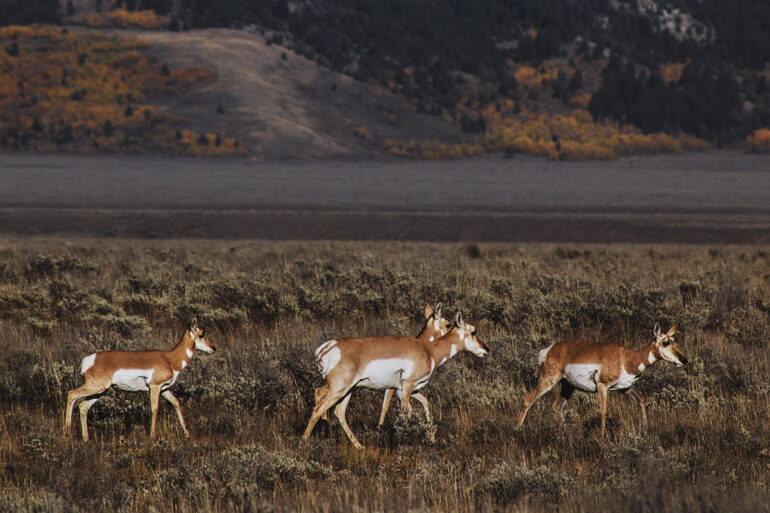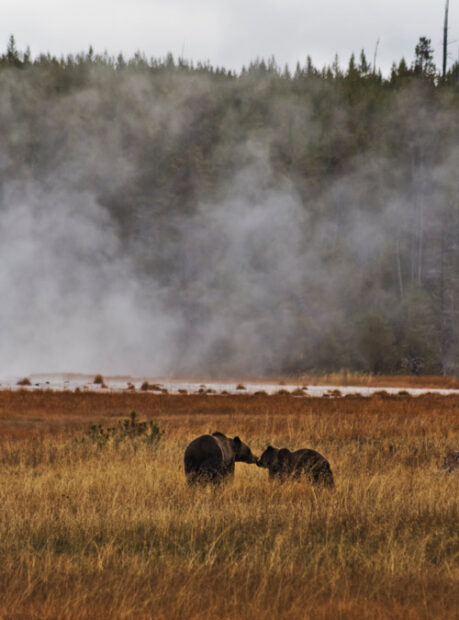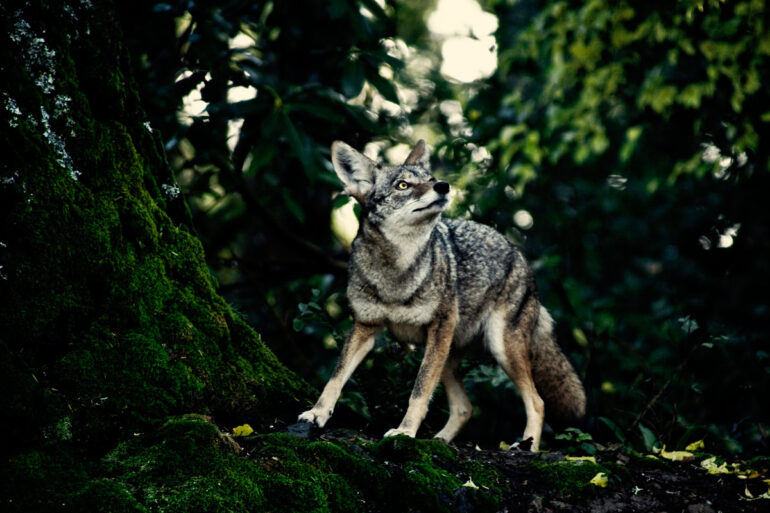We may earn a commission when you purchase through affiliate links. Learn more.
1. Don’t let your Gear Limit Your Creativity
Lusting after newer gear is something pretty much every photographer does from time to time. Sure, there’s something to be said for the advantages newer, fancier gear and even longer lenses can bring to the table, especially when it comes to a genre like wildlife photography, but you might be surprised at what you can create with the gear you already have if you learn to use it to its full potential.
Whether you’re rocking a newer camera body like the Canon 5D IV paired with a Canon EF 400mm f/4 II lens or Nikon D810 with a AF-S NIKKOR 300mm f/2.8G ED VR II lens or whether you’re using a much older camera paired with a lens without as much reach, you can still shoot great wildlife photography — your methods and approach will just be a bit different.
More megapixels for cropping and a longer lens to fill the frame with the wildlife can certainly help, but a quick search of Flickr or Instagram will reveal plenty of photographers shooting mind-blowing wildlife photography with entry level digital SLR cameras and affordable kit lenses. The trick is knowing the limitations and possibilities of your gear, and using the strengths of your camera equipment and post-processing skills to capture amazing wildlife photos.
 2. Familiarize yourself with your Wildlife Subject
2. Familiarize yourself with your Wildlife Subject
True, all you need to photograph wildlife is a camera and of course a wild animal…but there’s much more to wildlife photography than just aiming a camera at the nearest critter.
To get great photos of wild animals, you’ll want to learn as much as you can about their environment and behavior so that you can be in the right place at the right time to capture the best wildlife photos. Typically early morning and evening are the best times to spot most animals, but this isn’t always the case for every creature — the more research you do, the better prepared you’ll be to find the best spot at the best time for the animals you want pictures of.
Want some more in-depth composition tips? Check out our guide to some of the best wildlife photography books.
 3. Look ’em in the Eyes!
3. Look ’em in the Eyes!
There’s nothing like eye contact to help create a great wildlife shot that captures the attention. Much like photographing people, the back of a deer’s head is not nearly as interesting as the front — being in the right place at the right time definitely helps, but you’ll also need to be quick, in order to capture the best moments.
When focusing, try to use the eyes as the focus point, especially if you’re reasonably close and using a fast aperture that will result in a shallow depth of field. Nothing spoils an otherwise great wildlife photography shot as quickly as out of focus eyes!
4. Go for Variety
It’s easy to get stuck on autopilot as a photographer — once you figure out a method that works, it tends to be the go-to way of doing things. For the sake of variety, get the shot you really want and then try a little experimenting. If you’ve zoomed all the way in on an animal, try zooming out. If you’re shooting horizontal landscape oriented shots, give vertical portrait style shots a try. You never know what kind of composition will end up working the best!
5. Give the Shot Context
Everyone enjoys a nice shot of a wild animals face filling the frame, but once you’ve got your portrait session done, back things up and put the wildlife in context with the environment. Contextual shots tell your viewers a lot more about what they’re looking at, and give you a chance to capture a bit of the surrounding scenery in your photos too.


 2. Familiarize yourself with your Wildlife Subject
2. Familiarize yourself with your Wildlife Subject 3. Look ’em in the Eyes!
3. Look ’em in the Eyes!